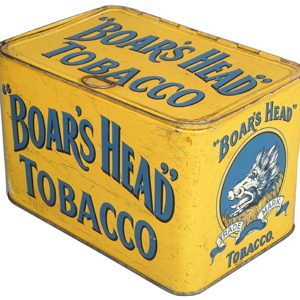
1. Humble Beginnings
The concept of bringing a meal to work dates back to the mid-1800s. The historical facts about lunch reveal that farmers and industrial workers, who couldn’t come home at noon, stuffed food, such as hard-boiled eggs, veggies, meat, poe and coffee, into old cleaned-out tobacco tins or sturdy dinner pails.
(Photo: 2013 Collectibles and Antique News)
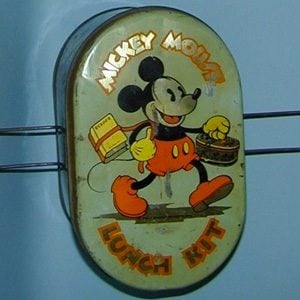
2. Facts About Lunch In The Early Years
In the 1900s, the tin box was appropriated by early-adopter kids wanting to emulate their dads. The first commercial version starred Mickey Mouse.
(Photo: 2013 Collectibles and Antique News)
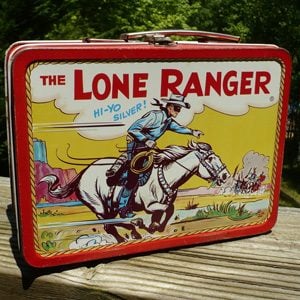
3. The Golden Age
In the 1950s through the 1970s, decorating lunch boxes with pop-culture idols became a marketing staple: a child might be enamoured by Hopalog Cassidy one year and the Lone Ranger the next, so they’d want to update accordingly.
(Photo: 2013 Collectibles and Antique News)
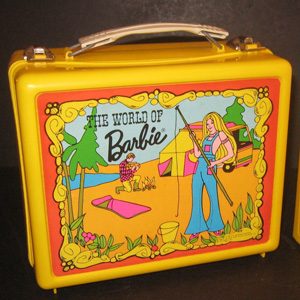
4. The Plastic Period
In the 1960s-1980s, the metal lunch box was abandoned in favour of vinyl-covered and plastic boxes that were cheaper to make. The Barbie line was one of the most successful of the bunch.
(Photo: 2013 Collectibles and Antique News)

5. The Pouch Age
In the 1990s and 2000s, the soft insulated polyester lunch bag took over the market and remains the lunch container du jour.
(Photo: Thinkstock)
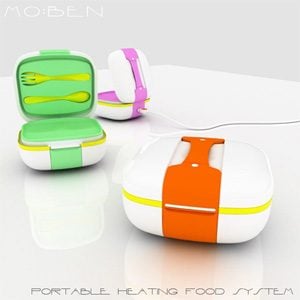
6. The Future of Carrying Lunch
This prototype for the Mo:Ben self-heating lunch box has a plug, in case you need to warm your meal and have no microwave. It was modelled after the Japanese bento box.
(Photo: www.yankodesign.com)